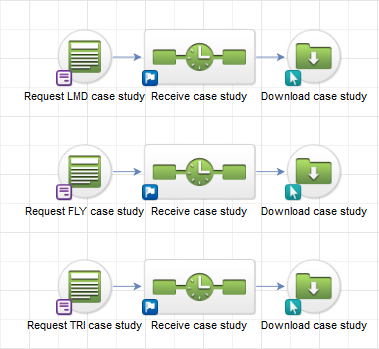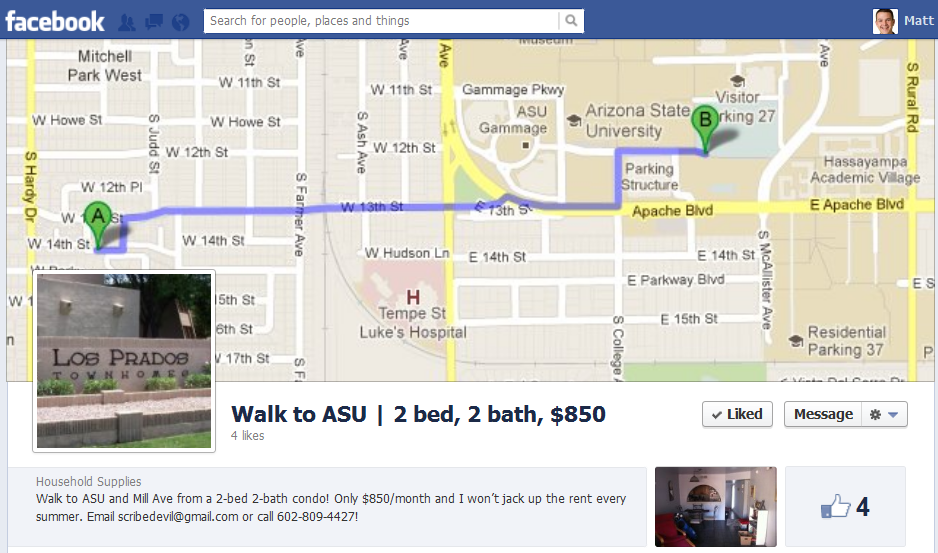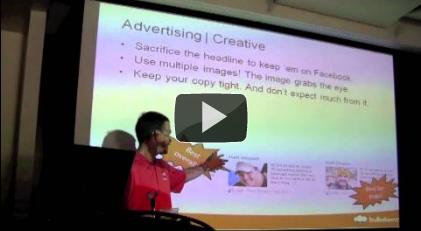Over the last year, I’ve fallen in love with marketing automation. It appeals to my past as a writer and storyteller, an email marketer, and a sales enabler. And I love how effective it is!
I recently attended a three-day Infusionsoft University training event. Early on, the facilitator pointed out that 80 percent of deals require at least five touches to close. But only 10 percent of companies make five touches. I imagine the percentage is even lower for busy startups! 
Tools like Infusionsoft make it easier to add touches by automating lifecycle marketing. At a minimum, Infusionsoft recommends three types of marketing automation sequences.
I’ve implemented each of these sequence types for my client Iris, a startup developing PR management software. I’ll use my work with Iris as the examples here.
1. Lead capture. Iris’ primary capture mechanism lets web visitors book a demo by selecting a time directly from our sales rep’s calendar. This is done with Infusionsoft plugin AppointmentCore. The meeting is added to the rep’s calendar, GoToMeeting info is distributed, and reminder emails are sent … automatically. No back and forth on availability required.
Someday soon, we’ll add webinar RSVP and whitepaper download options as additional incentives to prospects who aren’t quite ready to commit to a demo.
2. Lead nurture. After a demo, prospects receive a series of five emails reinforcing the Iris value proposition and encouraging them to buy. The first email covers Iris’s overall value proposition while subsequent emails touch on specific value prop pillars like PR measurement and relationship management.
When a prospect fails to purchase after receiving all five emails, the rep is alerted to reach out by phone. After that, the prospect is moved into a long-term nurture sequence that includes monthly product updates, value-added content, and occasional offers.

3. New customer. Iris is a powerful platform for PR management. And with great power comes great responsibility … to train. Upon purchase, account ownership shifts from the sales rep to a customer advocate from whom a series of offers to schedule free training sessions is sent. Again, this is all zero-touch thanks to Infusionsoft and AppointmentCore.
After customers complete their training sessions, they receive a series of 12 emails with tips and best practices for getting the most out of Iris. Of course, these emails link back to the Iris resource center to really help customers get up to speed.
Marketing automation helps startups scale.
We worked on lifecycle marketing at Bulbstorm. However, due to the technology limitations of the past, the effort was laborious and expensive. It wasn’t automated. It couldn’t scale.
Now, as an independent marketing consultant, I get the chance to implement automated lifecycle marketing campaigns that really scale sales and marketing for startup clients like Iris.
Check out my recap of the Iris digital brand rollout, including positioning, website strategy, sales and investor decks, and more: Iris brand rollout overview

 Of course, a preference toward early adoption can give way to shiny object syndrome. It can distract time and budget away from programs that are already proven.
Of course, a preference toward early adoption can give way to shiny object syndrome. It can distract time and budget away from programs that are already proven.


